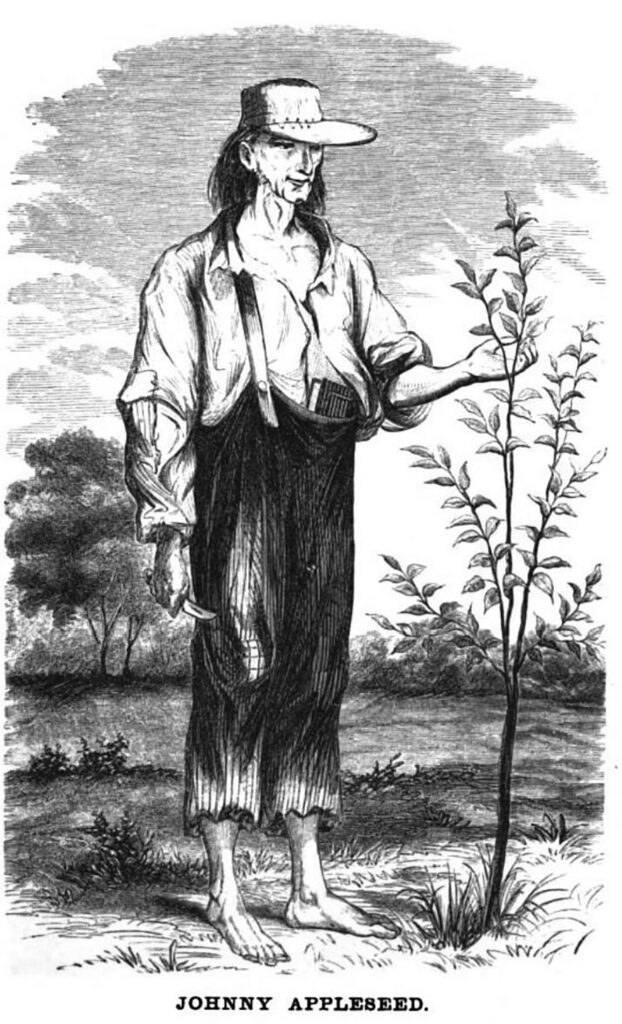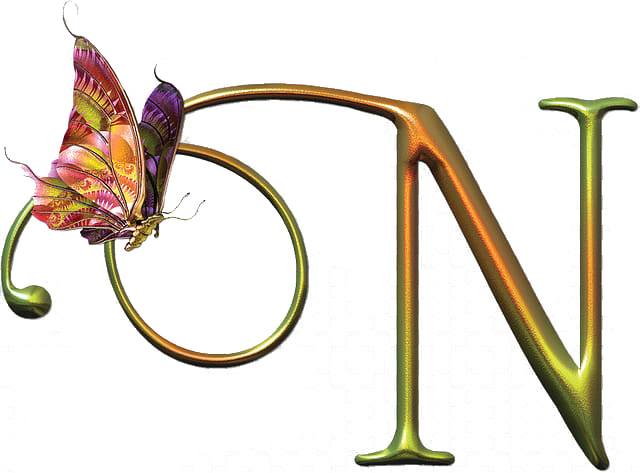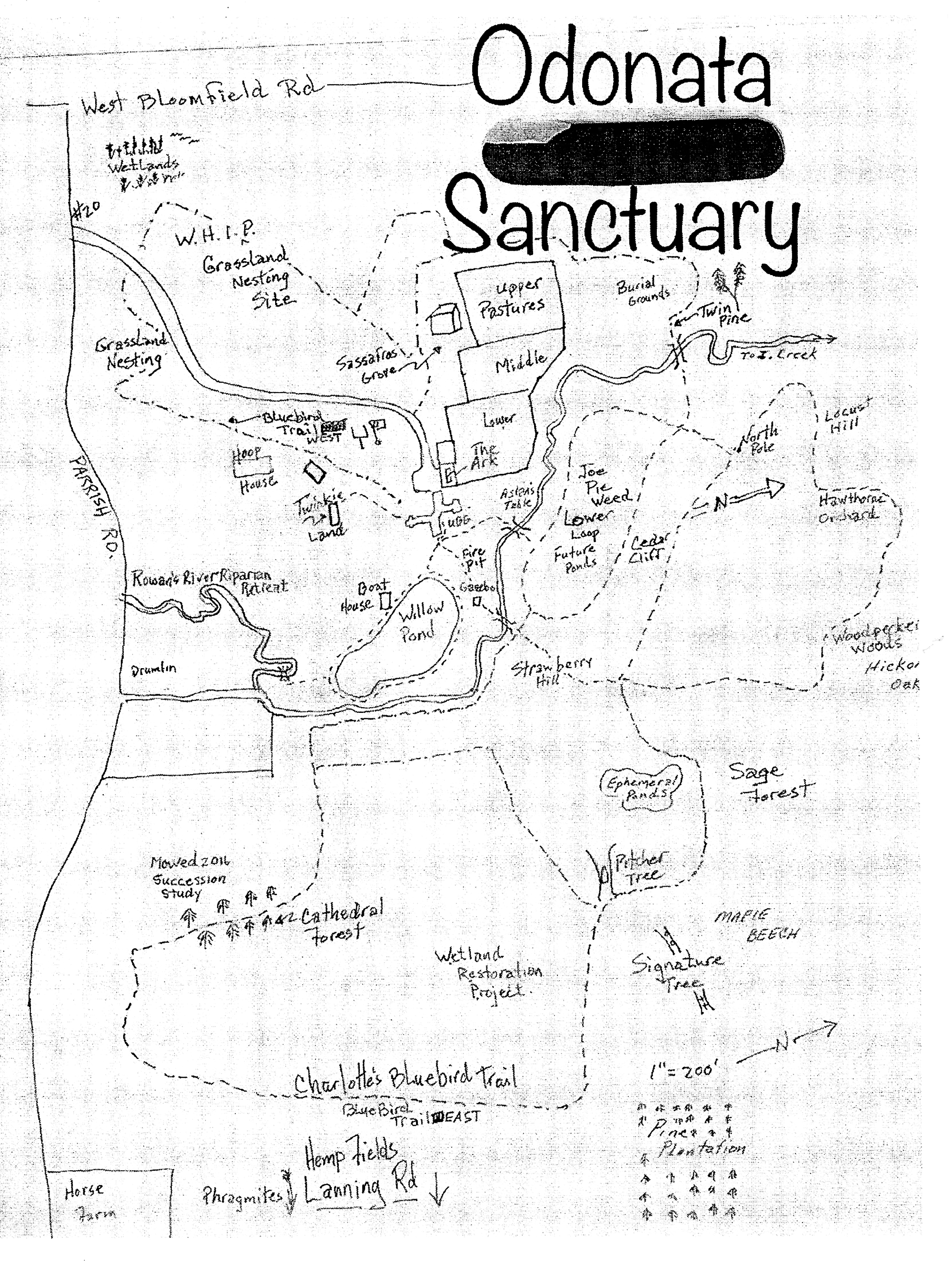The Care and Feeding of Dragons
Dragonfly Tales
- STEVE MELCHER –
If you fill it, they will come…
could be a bucket, bowl or a pond.
There was an interesting article in the May 2021 issue of the Owl Light News by Sally L. White about sedges which mentioned the saying, “Sedges have edges and rushes are round, and grasses have nodes all the way to the ground.” This reminded me of my saying that, “Sedges have edges and rushes are round and water is found where dragons abound” which is skewed toward my love of dragonflies. Dragonflies are the wonderful aerial acrobats of the aquatic world. Who wouldn’t want them buzzing around catching mosquitoes while you’re in the backyard firing up the barbie? They are ideal photography subjects and objects of spiritual contemplation. The males set up territories and will land on the same twig or leaf after each patrol. Set up your camera or sit there with your phone and snap a photo every time he returns to his post.
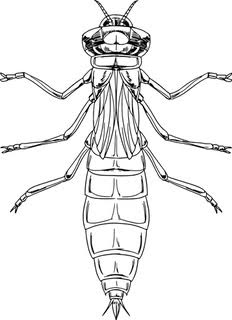
Typical Dragonfly Nymph
Many of you have written to me of your journey towards creating a more diverse critter friendly habitat around your home. I see more and more yards being converted from a monoculture of fertilizer fed Kentucky Bluegrass to a pollinator heaven full of buzzing bees and fluttering butterflies. We need more of these. I wonder why the overweight gentleman even has a riding lawnmower to scalp the green on his postage stamp of lawn. Let’s not compete to see who has a weed free yard. If you do, you’re promoting one of the most devastating and insidious forms of pollution. Reams of reports have been written about the relationship between fertilized, herbicided, pesticided lawns and the decline of natural systems. Let it grow wild. Many of you have read Douglas Tallamy’s ‘Bringing Nature Home’ where he expounds the beauty and benefits of converting the conventional suburban lawn to a natural native landscape. Thank you. You have become an island of hope for nature; hope, not only for survival of dragonflies but for mysteries of our natural world that we are just beginning to understand. About 15 percent of North America’s dragonfly species are in danger of extinction. Habitat loss is the number one reason. Attracting dragonflies to your home garden helps to protect these beneficial dragons of the sky and cut down on those bugs that really bug you.
So, you’ve decided to desod the fodder and start afresh with native plants (please do your research on what are native plants in our area). If you’ve decided to go wild why not become what Ruary Dodds calls a ‘Dragonfly Friendly Gardener’?
Creating a water feature
in your garden
Water: it’s what attracts dragonflies.
Dragonflies have been known to breed in horse troughs and rain barrels. But how did they get there? You don’t have to have the Montezuma Wildlife Refuge in your backyard or even live on the shores of one of our beautiful Finger Lakes to attract dragons. Dragonflies have been known to travel up to 3 miles from a source of water to find suitable prey and habitat. The simplest thing you could do is to fill a tub with water and water plants like the ones listed below. We know that butterflies, moths and other pollinators are attracted to certain plants or need a specific plant to complete a life cycle. We learned about the relationship of the Monarch butterfly and milkweed in a previous issue of Dragonfly Tales. Interestingly, there is research that suggests there may be a similar plant/species relationship for dragonflies. A simple search on the web will provide you with a plethora of articles about the benefits and ‘how tos’ of bringing dragonflies into your garden. They all start with a water feature.
For a pond designed for dragonflies:
• Provide a variety of depths from very shallow to a 18 inches or so.
• Select an area with few overhanging trees. This will make it easier to keep clean and dragonflies like sunny areas.
• Use a variety of pond plants, but include ones with vertical stems or leaves.
There is a YouTube video on building a pond dedicated to dragons
– youtube.com/watch?v=DSCy9JfuMI4
But what about mosquitoes you say? The number one prey species for dragonflies, when abundant, is the mosquito. A large adult can eat over 100 mosquitoes a day. Dragonflies are ideal hunting machines. More than 80 percent of their brain is used for processing visual information. Believe it or not, but those bulging eyes can see objects up to 30 feet away and detect motion as far as 60 feet away. They may consume 10 to 15 percent of their own body weight per day. Even the dragonfly as a nymph (see nymph illustration above) devours the wiggler larvae of mosquitoes.
You can also use mosquito donuts or dunks that contain Bt israeliensis if the buzzers have arrived before the dragons. So there is no excuse for you not to become a Dragonfly Friendly Gardener. You have a dog that is a tick magnet or a cat that brings in the occasional songbird gift or a teen…enough said, you can risk putting up some water feature that may temporarily harbor mosquitoes. But, if monitored properly and occupied by dragonflies, they will rid the area of mosquitoes and provide hours of dragonfly acrobatics in an ever changing circus of nature.
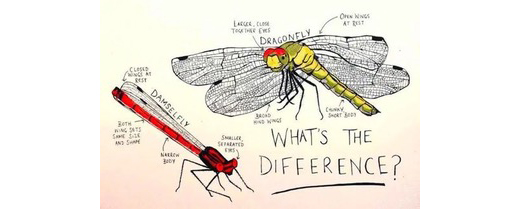
A Review –The life of a Dragon
Dragonflies start out in water. All but one species of dragonfly breeds in freshwater. The adult lays the eggs in or near the water directly or drilled into a plant stalk. A nymph hatches from the egg. The nymph lives as a water creature anywhere from a few weeks to up to eight years depending on the species. The nymph, a voracious predator in its own right, eventually crawls out of the water and the marvel of metamorphosis occurs (ecdysis). The shell of the nymph (exuviae) is split open and left behind as the new winged adult (called a teneral) squeezes out into the world of the airborne. After a precarious few hours drying its wings where it is extremely vulnerable to predators, the adult dragonfly flies off into a new life in pursuit of a meal and a mate; a life that only lasts, at most, six months.
12 plants to Attract Dragonflies for Mosquito control Around the Yard
1. Swamp Milkweed (Asclepias incarnata)
2. Joe-Pye Weed (Eupatorium purpureum)
3. Black-Eyed Susan (Rudbeckia hirta)
4. Meadow Sage (Salvia marcus)
5. Yarrow (Achillea)
6. Borage (Borago officinalis)
7. Coneflowers (Echinacea)
Water Loving plants
8. Arrowhead (Sagittaria latifolia)
9. Wild Celery (Vallisneria americana)
10. Water Lily (Nymphaea)
11. Water Horsetail (Equisetum fluviatile)
12. Pickerel Rush (Pontederia cordata)
Other Wetland Sayings
Do you know the difference between a marsh and a swamp? A marsh has grass and a swamp has tress, if you walk through either you get wet up to your knees. Or you can remember it the other way. A swamp has trees and a marsh has grass. If you walk through either, you get wet up to your… knees.
Did you know? The scientific name for the black needle rush is Juncus romarianus not Junkus Rosemary’s anus (although this, perhaps, serves as a way to remember the Latin).
The Dragonfly
Today I saw the dragonfly
Come from the wells where he did lie.
An inner impulse rent the veil
Of his old husk: from head to tail
Came out clear plates of sapphire mail.
He dried his wings: like gauze they grew;
Thro’ crofts and pastures wet with dew
A living flash of light he flew.
Alfred, Lord Tennyson
Tennyson lived in the village of Freshwater on the Isle of Wight!
Further reading:
The Dragonfly Friendly Gardner by Ruary MacKenzie Dodds

